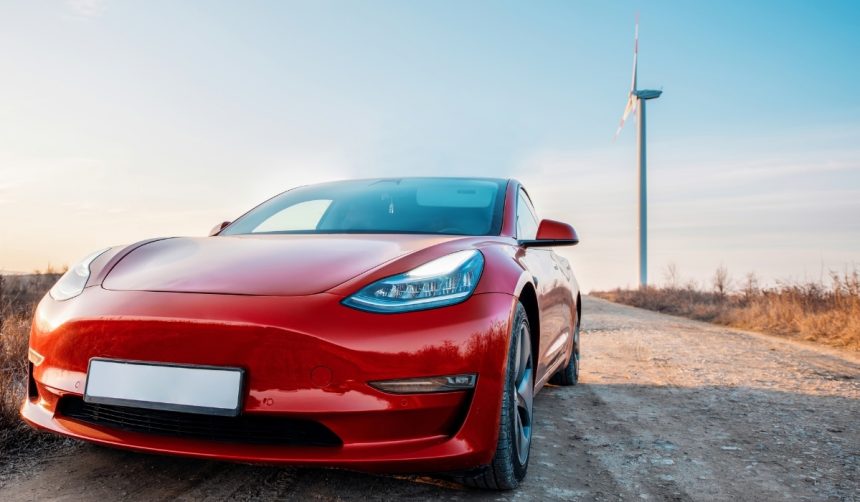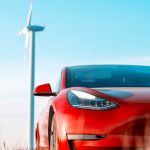The shift from internal combustion engine cars to electric vehicles continues as buyers weigh incentives and vehicle availability. Many consumers still debate whether reliability, cost, or charging convenience should drive their decisions. One individual’s experience with the Tesla Model Y, prompted by a series of costly vehicle repairs and the expiring $7,500 federal tax credit, offers a close-up look at the current electric vehicle landscape. Personal motivations often blend with market factors such as limited inventory, dealership preferences, and regional conditions, reflecting the multifaceted nature of today’s car buying process.
Similar accounts over recent years show that Tesla’s appeal, especially for the Model Y, has frequently increased as tax incentives change or expire. Customers have at times faced longer delivery wait times, whereas current buyers may find fewer vehicles in stock, a dynamic shift from when inventory was more plentiful and buying was more flexible. Dealership experiences have been described as varied, with some earlier purchasers noting more hands-on support, while others emphasize the streamlined digital process now common for Tesla. The ongoing demand, paired with fluctuating purchasing conditions, continues to impact how and when drivers make an EV transition.
Why Did the Buyer Choose Tesla Model Y?
The decision to purchase a Tesla Model Y arose from a combination of practical and personal factors. Persistent mechanical problems with a 2021 Ford Bronco Sport, including repeated sensor replacements and minor engine repairs, pushed the owner toward seeking an alternative vehicle. The availability of positive equity in the Bronco, together with the impending expiration of a federal tax credit, further hastened the selection process. Regional weather considerations also influenced the preference for an all-wheel-drive Model Y over other configurations or models.
“I knew with the weather in Pennsylvania, all-wheel drive was a need,”
the new owner shared.
How Did the Purchase and Delivery Process Unfold?
After settling on a Tesla Model Y, the buyer ordered directly from existing inventory, a practice now limited due to low vehicle availability in the area. By choosing familiarity, the delivery was arranged through Tesla Mechanicsburg, prioritizing convenience and personal rapport over color preferences. The delivery process itself was described as prompt and efficient, allowing flexibility for post-purchase consultation on recommended accessories and vehicle features. Tesla’s customer service at the location appeared focused on facilitating a smooth transition for those moving from traditional vehicles to electric models.
What Is Early Ownership Like Without Home Charging?
Without a dedicated home charging station, the new Model Y owner plans to use local Supercharger locations, reflecting a scenario encountered by many urban or apartment dwellers. The accessibility of charging infrastructure nearby has minimized such concerns, although discussions with the leasing office about future at-home charging installations are ongoing. This approach highlights growing public demand for broader charging options, which may influence future EV adoption rates in rental and multi-unit properties.
“I do not currently have home charging, which is something that many people believe is a dealbreaker for owning an EV,”
the buyer commented, underscoring a common hesitation among prospective owners.
Electric vehicle buyers are increasingly motivated by a mix of market timing, personal needs, and evolving support infrastructure. While government incentives continue to influence decision-making, limited vehicle inventory and charging logistics add complexity for consumers. Prospective and current EV owners often weigh these factors alongside individual preferences, from weather suitability to dealership experience. For individuals considering the Model Y or similar vehicles, assessing regional charging access, understanding inventory fluctuations, and acting ahead of incentive expirations are critical. Staying updated on tax policies and local charging implementation can provide practical advantages in the rapidly shifting electric vehicle sector.










